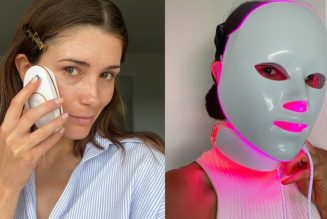
First things first, there’s squalane and squalene. Unhelpful, I know, but it makes it easier to explain what it is. Squalene is naturally produced by the oil-producing glands (sebaceous) in our skin. We’ve been made to believe that oils are the bad guys, but they’re a wonderful way to keep skin moisturised. So, squalene maintains our skin barrier and keeps everything nice and hydrated.
Cosmetic chemist Rachael Polowyj says: “Although squalene is a key component of our skin’s natural moisturisation factor–to keep the skin soft, supple and to prevent transepidermal water loss–it’s a relatively unstable chemical molecule which breaks down quickly, hence why we tend to use squalane in our cosmetic products instead.”
So, in the same way that the e in squalene is converted to an a in squalane, the natural ingredient goes through a process to stabilise it so we can use it more effectively on our skin. This is important for all manner of scientific and product development reasons.
“Squalane is almost identical to squalene in terms of moisturisation performance and chemical structure, but it is far more stable and can survive in our products for longer periods of time without oxidising. The two oils are clear and colourless, but over time squalene begins to turn yellow and starts to smell rancid, whereas squalane remains stable,” Polowyj adds.











